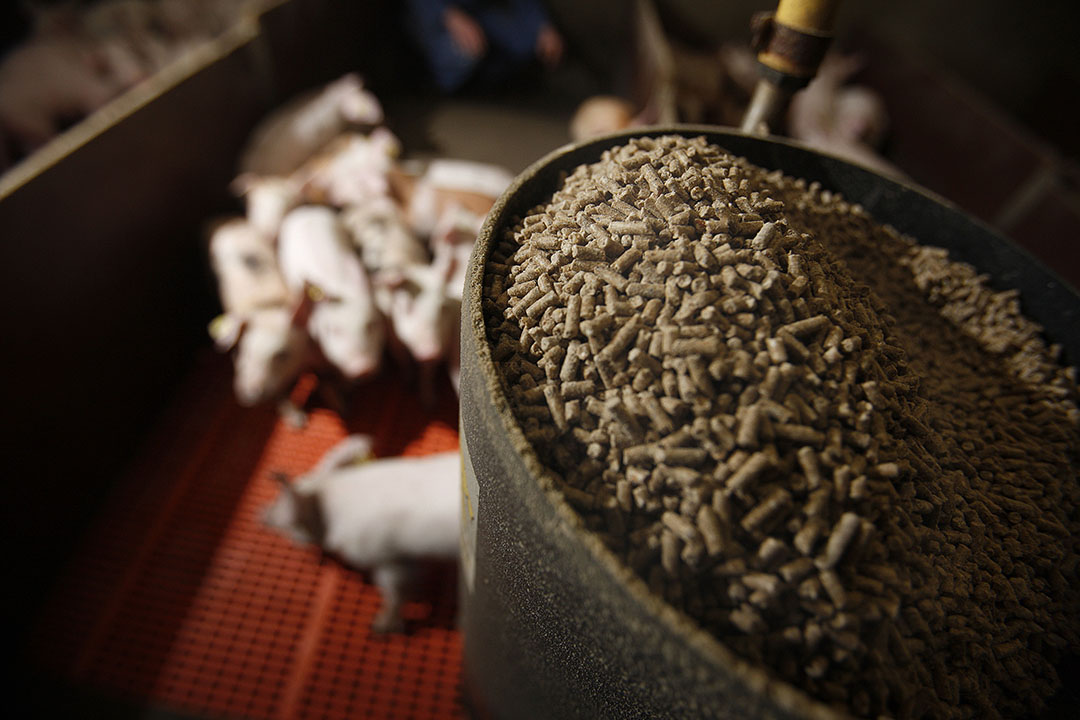EU compound feed production down by 0,9%

The EU compound feed production in 2019 is estimated at 161.7 mio t, i.e. -0.9% lower than in 2018, according to data provided by FEFAC members.
Pig feed production is expected to decrease by -0.9 % in 2019. Despite growing export opportunities (e.g. trade dispute between China and the US, prevalence of ASF in many Asian countries), EU pork production increased only moderately. The EU countries affected the most by ASFv outbreaks on commercial farms recorded dramatic production decrease, reaching – 15% in Romania and – 9% in Bulgaria.
Poultry feed production is estimated for this year to increase by just 0.1%, which is well below the expected rise in poultry meat production expected to reach +2.5% in 2019. This could be caused by sharp increase of poultry meat imports, especially from Brazil and thanks to feed efficiency gains. EU poultry feed production remains the leading segment of EU industrial compound feed production, well ahead of pig feed.
As regards cattle feed, the poor stocks of forages resulting from the 2018 drought and heat waves induced a significant increase in the compound feed demand for cattle on the first quarter 2019. For the rest of the year, the back to normal weather conditions together with increasing restrictions on phosphorous emissions in certain countries resulted in an annual fall of the demand for cattle feed by 2.3% for 2019 compared to 2018. The biggest decrease is reported in IE (-15%), followed by UK (-7%)
Outlook 2020
Next year, the demand for poultry feed will be mostly conditioned by the extent to which Brazil will recover its leading position on the global poultry meat market after a meat fraud scandal two years ago and resuming exports to the EU, thus weighing on the EU production. The demand for poultry feed is expected to vary within a range of -0.5/+1.5%. The demand for pig feed is expected to remain stable in ASF-free countries, boosted by the increased market demand in Third Countries. On the other hand, it is unlikely that countries with ASF cases recorded in domestic pig farms will manage to reverse the trend. In addition, the pig sector is subject to strong pressure for reduction of its emissions in the Netherlands, which may result in a decapitalisation of herds. As a result, pig feed production is expected to remain stable in 2020 in the “best case” scenario. Of course, should ASFv spread to leading pig producing countries (Spain, Germany, Denmark or the Netherlands), the outlook may be affected dramatically. All in all, industrial compound feed production is likely to remain stable in 2020, with a +/- 2% uncertainty margin due to the many unpredictable parameters at stake.







